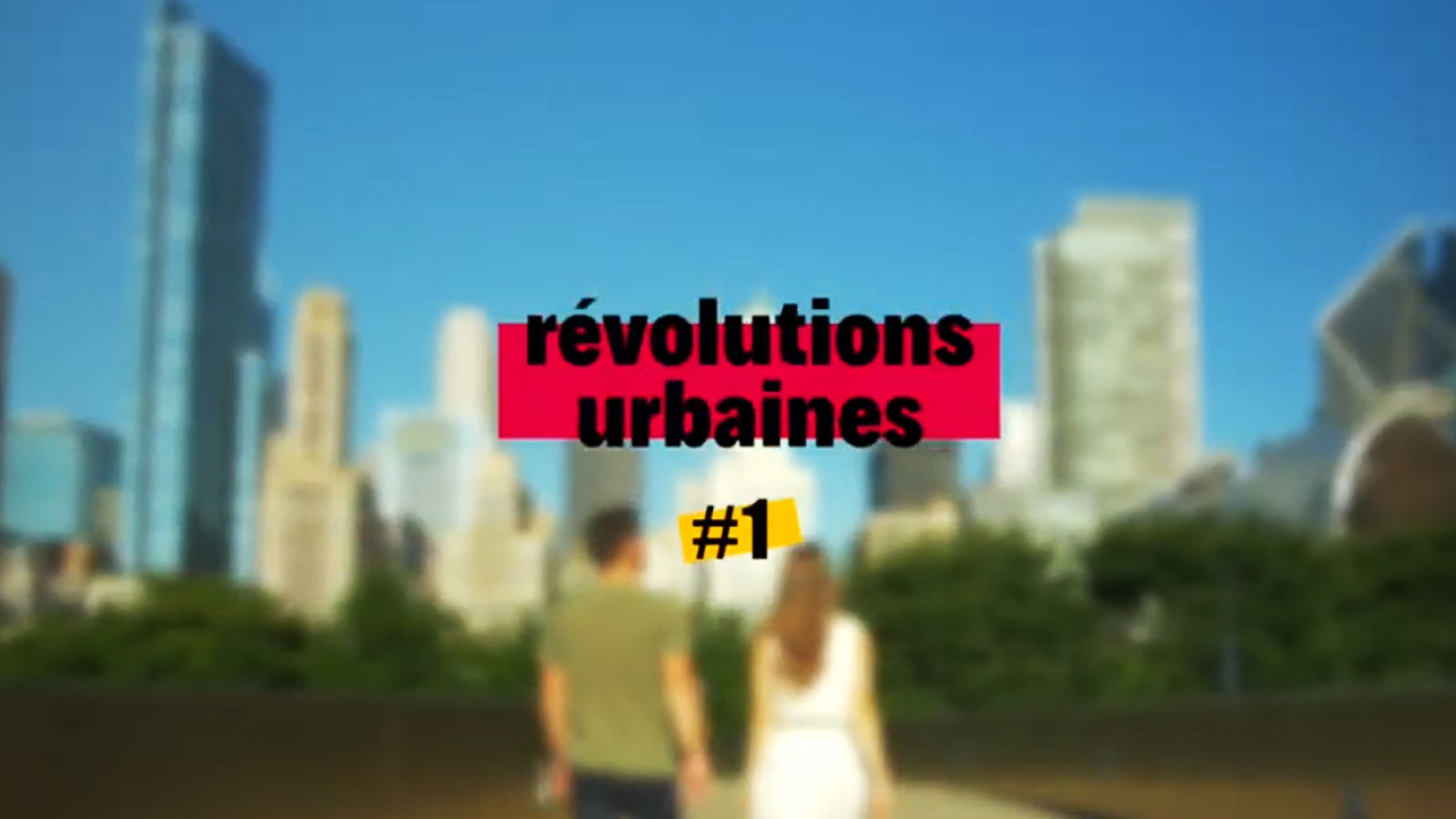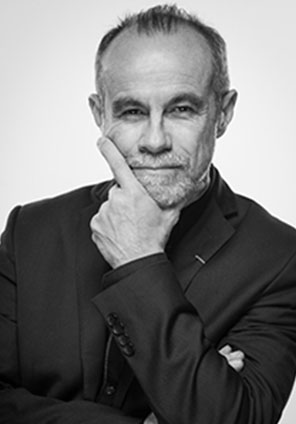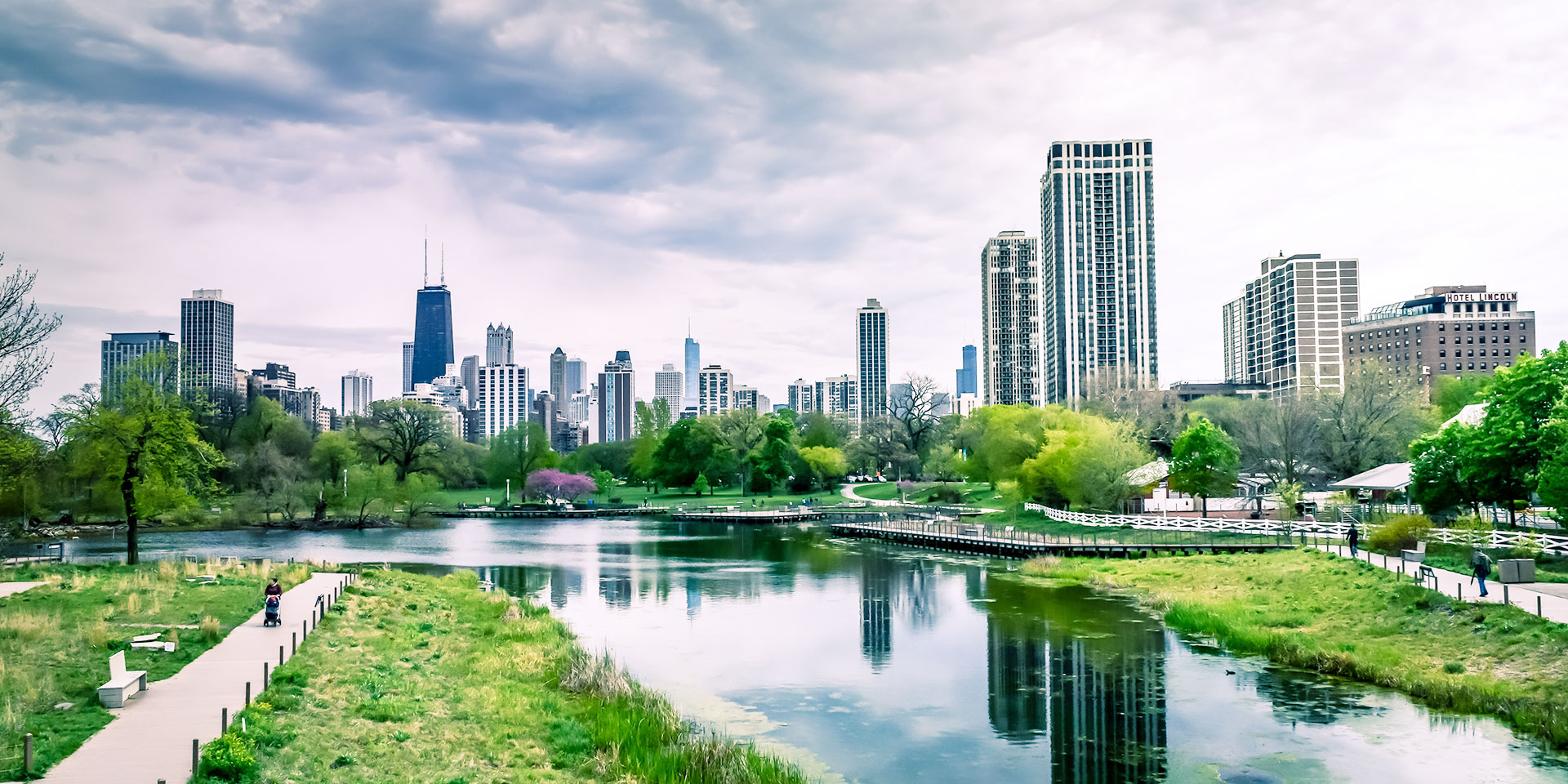The Smart City is at the centre of our preoccupations. But what will the city of tomorrow look like? What will be the new challenges for smart cities?
Praemia REIM has spoken to a number of Smart City experts to answer these questions. For this first episode of our “Urban Revolutions” show, Carlos Moreno, Scientific Director of the Panthéon-Sorbonne University Chair Entrepreneurship Territory Innovation, starts off this mini-series and gives us his personal vision of an intelligent city

YouTube will only allow users to watch its videos if they accept the installing of trackers so that they can be shown targeted advertising according to their browsing history. You have rejected marketing cookies, including from YouTube. If you accept marketing cookies, trackers will be installed and you will be able to watch the video. You may withdraw your consent at any time by visiting our personal data and cookie policy page.
Change my consent preferencesWhat do we mean by a Smart City these days?
Carlos Moreno: The issues surrounding the Smart City have changed a lot. In the end the main issues with cities are now the problems of urban complexity, quality of life and the urban community services on offer. These are what, in this urban society; allow us to live better with the threats of climate change, poverty and social exclusion. So the question is: how can technology help in the current situation? My proposition is to have a humanist vision of the city. This is what one could call the living city: a Smart City oriented towards people, the Human Smart City.
A smart and human city, what will that change?
CM: Putting people at the centre of the issue means that each solution that we are going to propose for a city must firstly allow people to live better in these different dimensions. The three main dimensions that we prioritise in this vision of the Human Smart City, is to develop
• Social convergence and therefore combat exclusion,
• Economic convergence to create shared wealth
• The environmental dimension, meaning to develop initiatives that combat the risks of climate change and develop the concept of the carbon-free city making a priority of achieving the lowest carbon footprint lifestyle possible.
What role is real-estate going to play in this?
CM: Real estate must develop social ties. So that means that real estate must be able to generate a local community life. This is now a cornerstone of the city which must be totally reconsidered in its paradigm for it to be a transformation lever for all three of these criteria: economic, social and ecological.
The city of the future is...

For me the city of the future is social ties, technology serving a fulfilled population with a fully responsible attitude to the environment.
Université Panthéon-Sorbonne



 et Firefox
et Firefox 